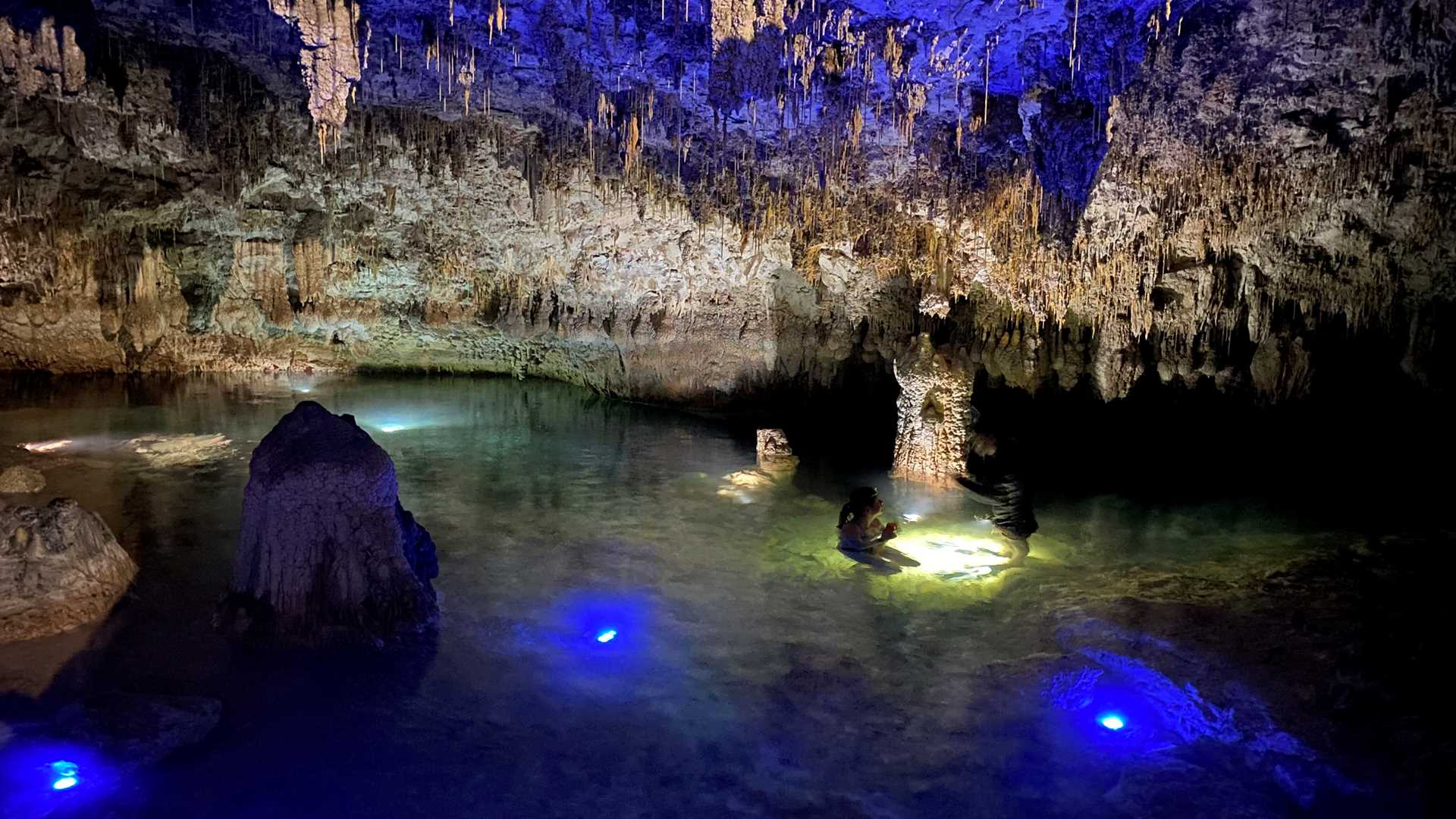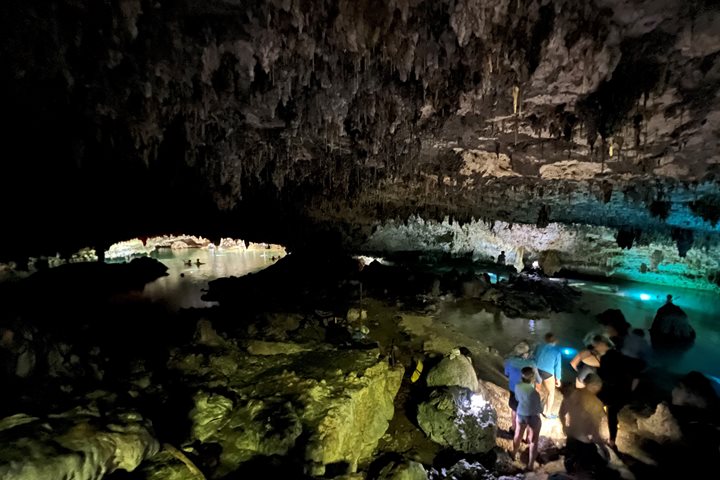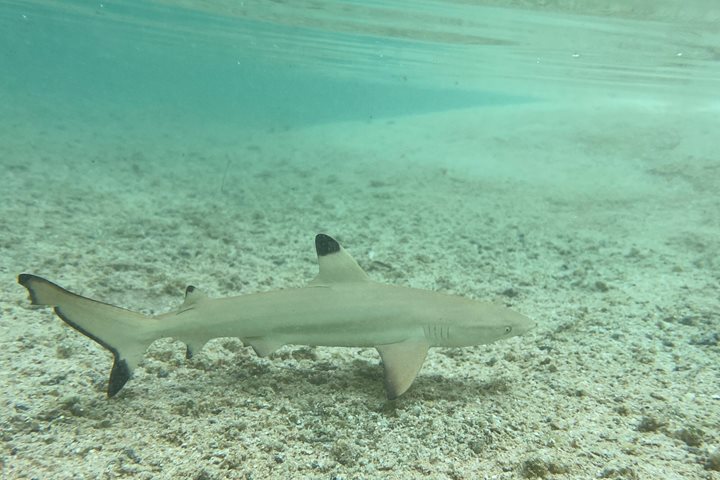In the heart of the remote Tuamotu Archipelago in French Polynesia is a special little island known as Makatea. Like all the surrounding atolls, Makatea was born of volcanic fire, which once formed a massive cinder cone rising above the tropical seas. As the coral reef accumulated around Makatea, she slowly began to subside under her own enormous weight. Her volcanic core slipped beneath the sea surface, and her coral reef continued to build, ultimately forming a reef of great antiquity. Makatea appeared to be on her way to settling into a life as a classic atoll. Fate however, had different plans. The cataclysmic eruptions that formed the nearby Tahitian islands deposited stupendous volumes of volcanic rock on the tectonic plate. The subsequent folding of the Earth’s crust thrust Makatea high above the crashing waves, exposing her ancient reefs to sun and sky.
Today Makatea stands as a monument to millions of years of reef deposition. Heavy tropical downpours have slowly dissolved Makatea into a lunar landscape with cracks, fissures, and mysterious caverns. Intrepid Polynesian explorers ultimately discovered pools of potable water in a subterranean aquifer known today as the Grotto. This deep limestone labyrinth is filled with shimmering crystal calcite flowstone. Modern explorers from National Geographic Orion took advantage of the subterranean pools and enjoyed a refreshing swim on a warm, tropical day.







